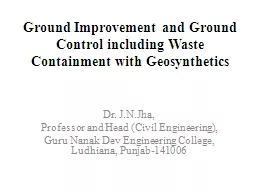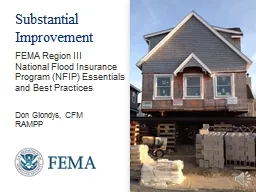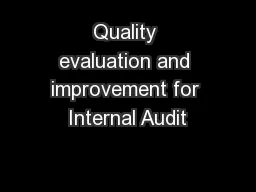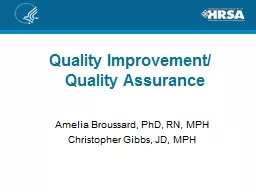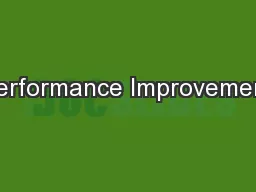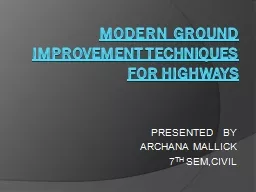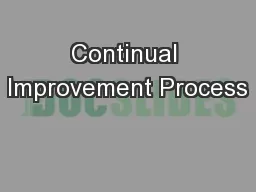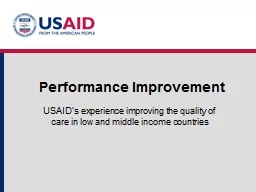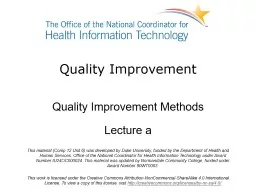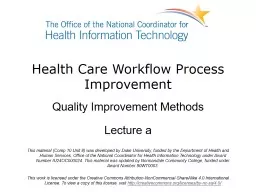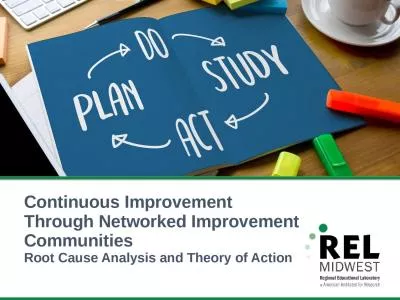PPT-Ground Improvement
Author : phoebe-click | Published Date : 2015-09-19
and Ground Control including Waste Containment with Geosynthetics Dr JNJha Professor and Head Civil Engineering Guru Nanak Dev Engineering College Ludhiana Punjab141006
Presentation Embed Code
Download Presentation
Download Presentation The PPT/PDF document "Ground Improvement" is the property of its rightful owner. Permission is granted to download and print the materials on this website for personal, non-commercial use only, and to display it on your personal computer provided you do not modify the materials and that you retain all copyright notices contained in the materials. By downloading content from our website, you accept the terms of this agreement.
Ground Improvement: Transcript
Download Rules Of Document
"Ground Improvement"The content belongs to its owner. You may download and print it for personal use, without modification, and keep all copyright notices. By downloading, you agree to these terms.
Related Documents

